Anthony Fillion
A Bayesian Variational principle for dynamic Self Organizing Maps
Aug 24, 2022
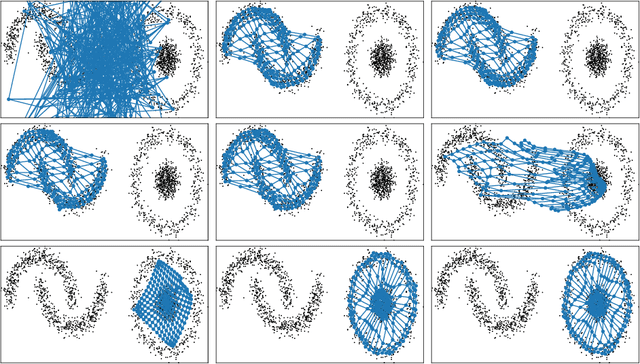
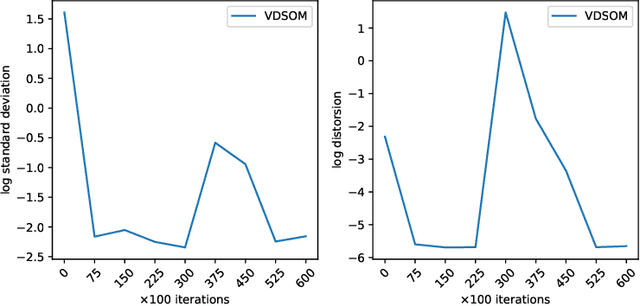
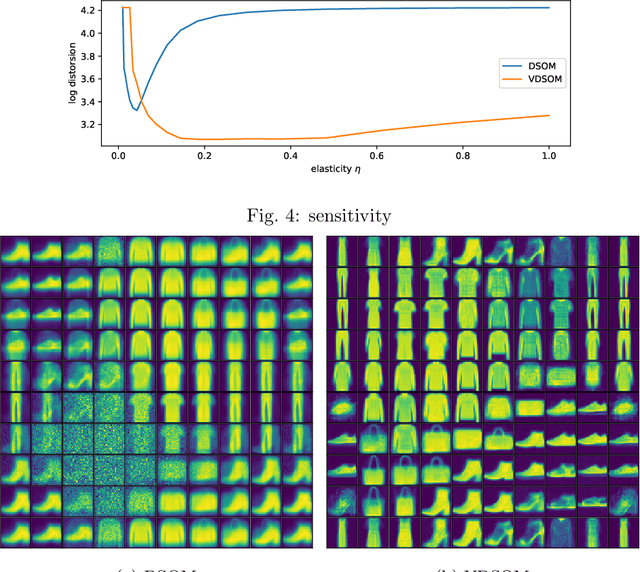
Abstract:We propose organisation conditions that yield a method for training SOM with adaptative neighborhood radius in a variational Bayesian framework. This method is validated on a non-stationary setting and compared in an high-dimensional setting with an other adaptative method.
A unified view on Self-Organizing Maps and Stochastic Neighbor Embedding
May 03, 2022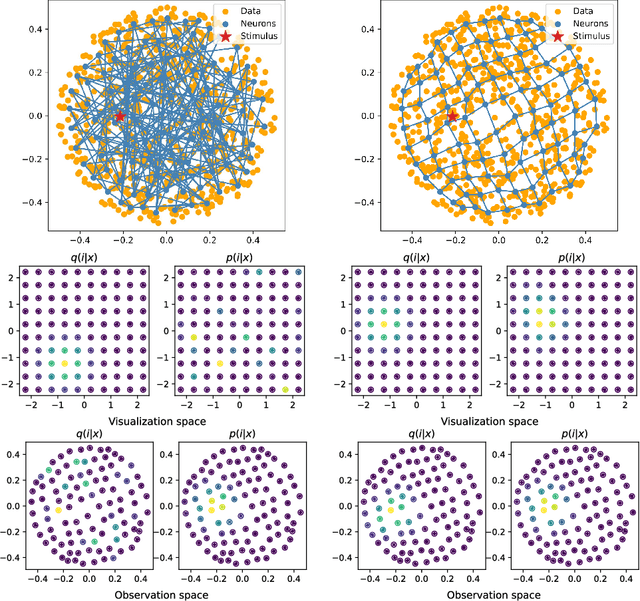
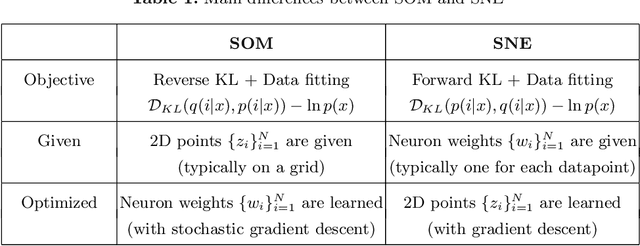
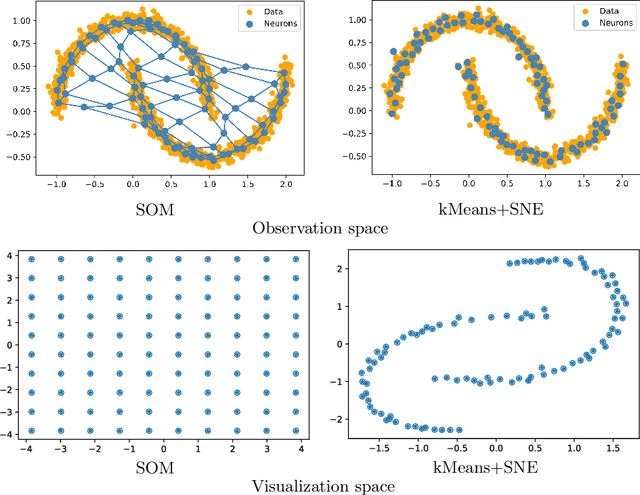

Abstract:We propose a unified view on two widely used data visualization techniques: Self-Organizing Maps (SOMs) and Stochastic Neighbor Embedding (SNE). We show that they can both be derived from a common mathematical framework. Leveraging this formulation, we propose to compare SOM and SNE quantitatively on two datasets, and discuss possible avenues for future work to take advantage of both approaches.
Latent Space Data Assimilation by using Deep Learning
Apr 01, 2021

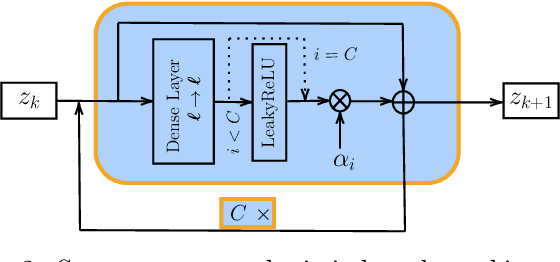
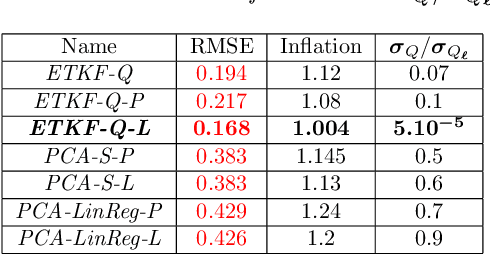
Abstract:Performing Data Assimilation (DA) at a low cost is of prime concern in Earth system modeling, particularly at the time of big data where huge quantities of observations are available. Capitalizing on the ability of Neural Networks techniques for approximating the solution of PDE's, we incorporate Deep Learning (DL) methods into a DA framework. More precisely, we exploit the latent structure provided by autoencoders (AEs) to design an Ensemble Transform Kalman Filter with model error (ETKF-Q) in the latent space. Model dynamics are also propagated within the latent space via a surrogate neural network. This novel ETKF-Q-Latent (thereafter referred to as ETKF-Q-L) algorithm is tested on a tailored instructional version of Lorenz 96 equations, named the augmented Lorenz 96 system: it possesses a latent structure that accurately represents the observed dynamics. Numerical experiments based on this particular system evidence that the ETKF-Q-L approach both reduces the computational cost and provides better accuracy than state of the art algorithms, such as the ETKF-Q.
DAN -- An optimal Data Assimilation framework based on machine learning Recurrent Networks
Oct 19, 2020



Abstract:Data assimilation algorithms aim at forecasting the state of a dynamical system by combining a mathematical representation of the system with noisy observations thereof. We propose a fully data driven deep learning architecture generalizing recurrent Elman networks and data assimilation algorithms which provably reaches the same prediction goals as the latter. On numerical experiments based on the well-known Lorenz system and when suitably trained using snapshots of the system trajectory (i.e. batches of state trajectories) and observations, our architecture successfully reconstructs both the analysis and the propagation of probability density functions of the system state at a given time conditioned to past observations.
 Add to Chrome
Add to Chrome Add to Firefox
Add to Firefox Add to Edge
Add to Edge